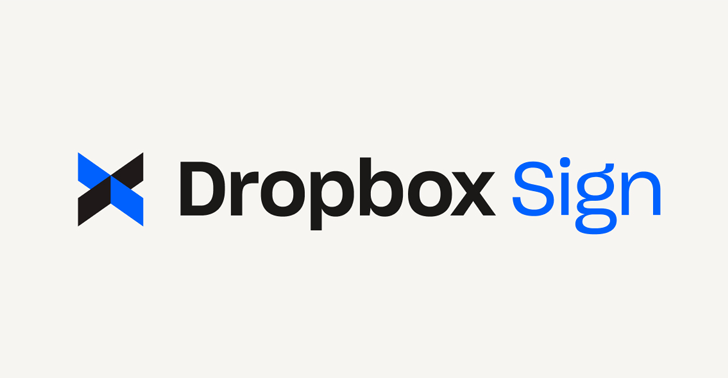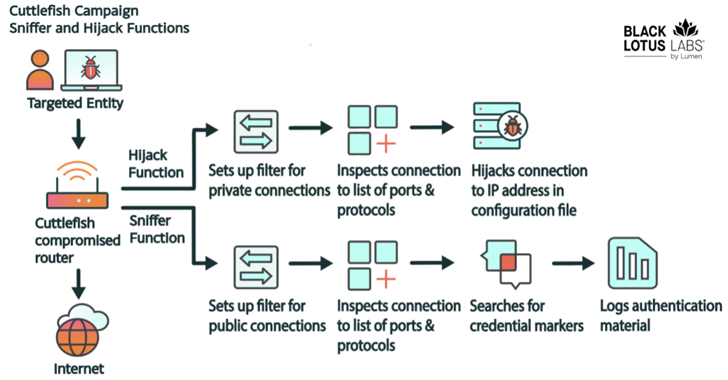A new threat emerged recently in the wild that drops malware like Qakbot and Cobalt Strike onto negotiated systems and networks; this new threat is dubbed as “Squirrelwaffle” and threat actors are actively spreading Squirrelwaffle through several malicious email campaigns.
Shortly after the disruption of the widely used botnet, Emotet by the law enforcement agencies, Squirrelwaffle emerged as an alternative to Emotet. The first signs of this new threat appeared in September 2021, and the distribution volumes reached a peak at the end of that month.
Email Campaigns & Languages Used
In addition to stolen reply-chain email campaigns in English, but, the spammers also use emails in the following languages:-
- French
- German
- Dutch
- Polish
According to the report “A malicious .doc or .xls attachment is typically attached to an email that links to malicious ZIP archives hosted on attacker-controlled web servers and runs malware retrieval code on opening.”
In order to trick recipients into enabling the macros within MS Office Suite, threat actors use DocuSign as bait.
Attack process
As part of the attack, string reversal is used to obfuscate the code, which then writes a VBS script to the %PROGRAMDATA% directory, and then executes it.
Once done, after that from one of the five hardcoded URLs, it fetches Squirrelwaffle in DLL form to deliver it onto the endangered system. Now, here, at this point, if the Squirrelwaffle in DLL form is successfully delivered onto the victim’s system, then using rundll32.exe the malicious DLL is executed.
After completing all the stages, the Squirrelwaffle loader deploys malware like Qakbot and Cobalt Strike. For post-exploitation tasks after deploying beacons, the threat actors use the cracked versions of Cobalt Strike to gain access to compromised devices remotely.
With a C2 over HTTP POST requests containing obfuscated data, the malware tries to communicate, and the body of the HTTP POST request includes the following information about the victim system:-
- %APPDATA% configuration.
- The hostname of the system.
- The username of the victim.
- The Workstation configuration of the system.
Moreover, it is possible that Squirrelwaffle is a revamped version of Emotet by the members who escaped the law enforcement; or it may be a new attempt by other threat actors who are trying the fill the void left behind by Emotet.







